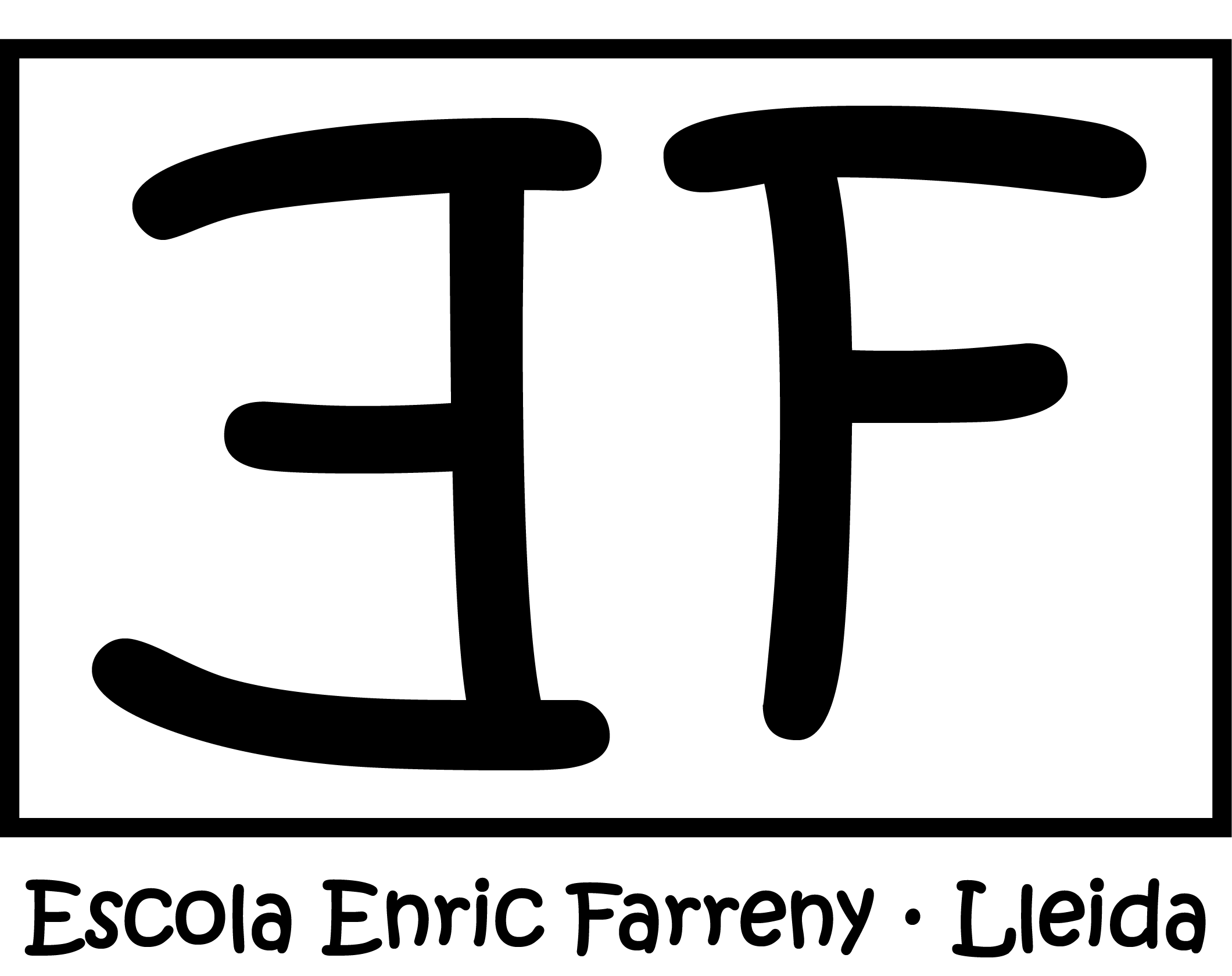On the 9th October, 2020, the 6th grade discovered the traditionnal music from Reunion Island called Sega and Maloya.
“Le Sega” on Reunion Island” is a traditionnal type of music and also a dance. “Sega” comes from a mix of French and African culture.
In the 17th century the French colonization started. The French Empire etablished the system of slavery on the island, by bringing African people who were considered slaves.
The african slaves were cultivating coffee, tobacco, cotton, vanilla, corn, cocoa and sugar for French masters. During this period there was a close cohabitation between French masters and African slaves, eventhough their way of living was very different. This proximity is at the root of this diversity; which can be seen in the traditionnal music of Reunion Island. Today “le Sega” is a traditionnal music genre and dance, only practiced by people from Reunion Island for celebrations, it represents the cultural identity of Reunion Island.
However, “le Maloya”; the second traditionnal music genre from Reunion Island, comes directly from our slave ancestors. At that time, the slaves had no possessions and were living in extreme poverty, which is the reason of the simplicity of instruments invented by slaves to play “Maloya”. This traditionnal music was the only way for African slaves to express their hard life as a slave on the island. “Le Maloya” and “le Sega” is constituted by creole lyrics; a mix of French and African language. Today, “le Maloya” is played by people from Reunion Island to commemorate the end of the slavery on each 20th December and also to remember the difficult times of slavery, it represents the history of Reunion Island.
Here you will find my presentation of these musics genres to the 6th grade: Presentation Sega Maloya


